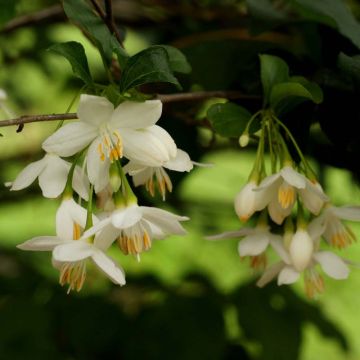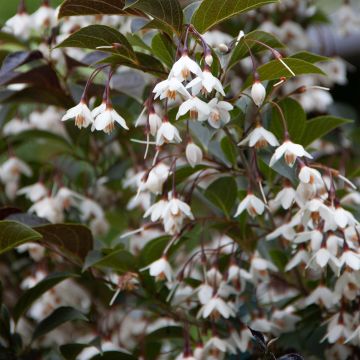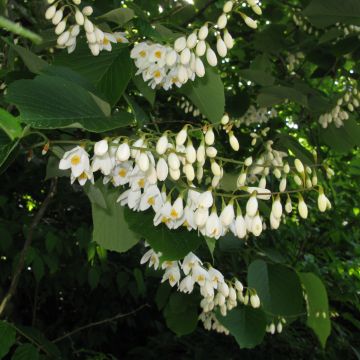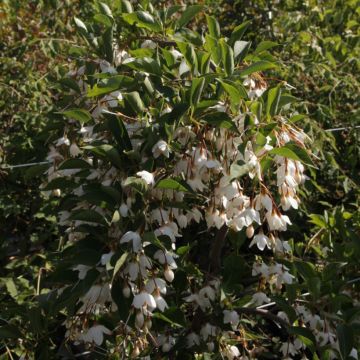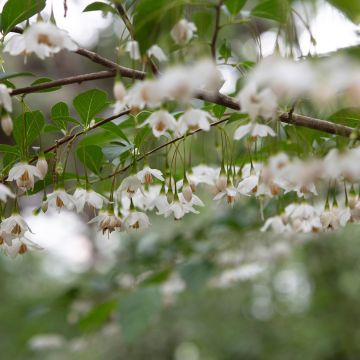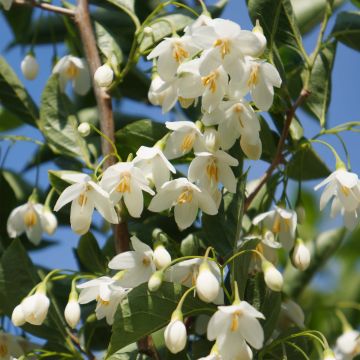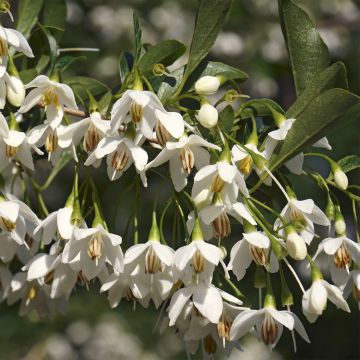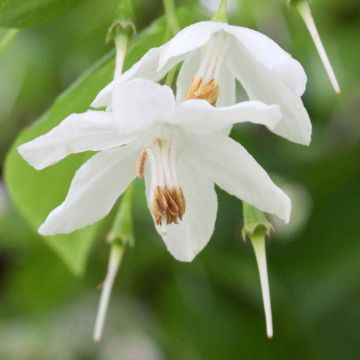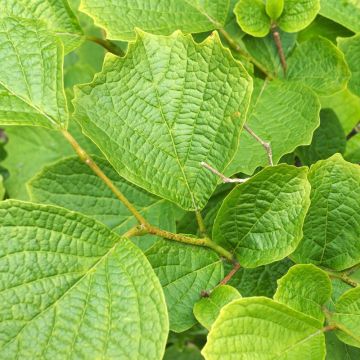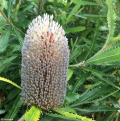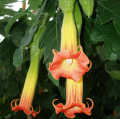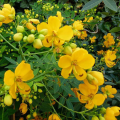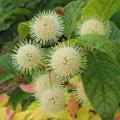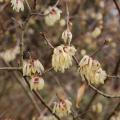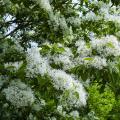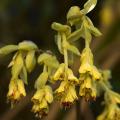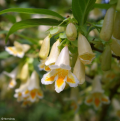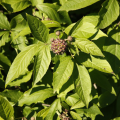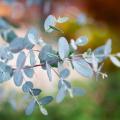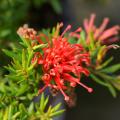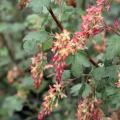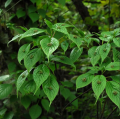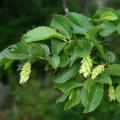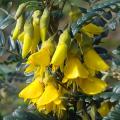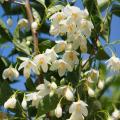Styrax
Does this plant fit my garden? Set up your Plantfit profile →
Available in 2 sizes
Available in 2 sizes
Available in 1 sizes
Available in 2 sizes
Available in 1 sizes
Available in 1 sizes
Available in 1 sizes
Available in 1 sizes
Available in 1 sizes
Available in 1 sizes
Available in 1 sizes
Relatively little known, Styrax is a shrub with an elegant habit and wonderful scented flowering in late spring and often magnificent red-orange shades in autumn. With the exception of the Styrax officinalis from the eastern Mediterranean basin, this tree is most often native to the Americas or the Far East, like Styrax japonica, the tree with silver bells, and its varieties which are highly appreciated in ornamental gardens. All these plants belong to the Styracaceae family. The Styrax genus comprises about 100 species of deciduous or evergreen bushes or small trees, some of which are widely used in perfumery and pharmacy for their oil called benzoin or storax. Known by the Romans, Styrax was already used for its fragrance and benzoin for its medicinal properties. In ornamental gardens, Asian and American Styrax are generally hardy bushes, but they require an acidic to neutral and moist soil. Only the Mediterranean Styrax, which is not very hardy, appreciates limestone soils that remain moist. These slow-growing shrubs require patience from the gardener, but what a reward when one can enjoy their beautiful habit and their pretty white and fragrant bells! Preferably plant them in a sheltered location to protect young branches and flower buds from late frosts. Place them near the house or plant them in pots on the patio.
Haven't found what you were looking for?







































